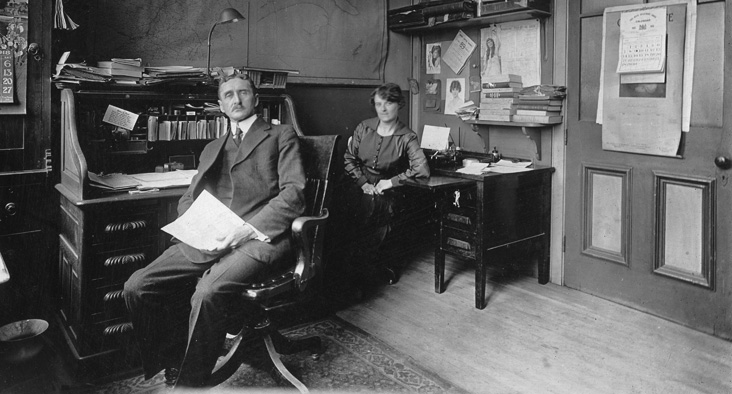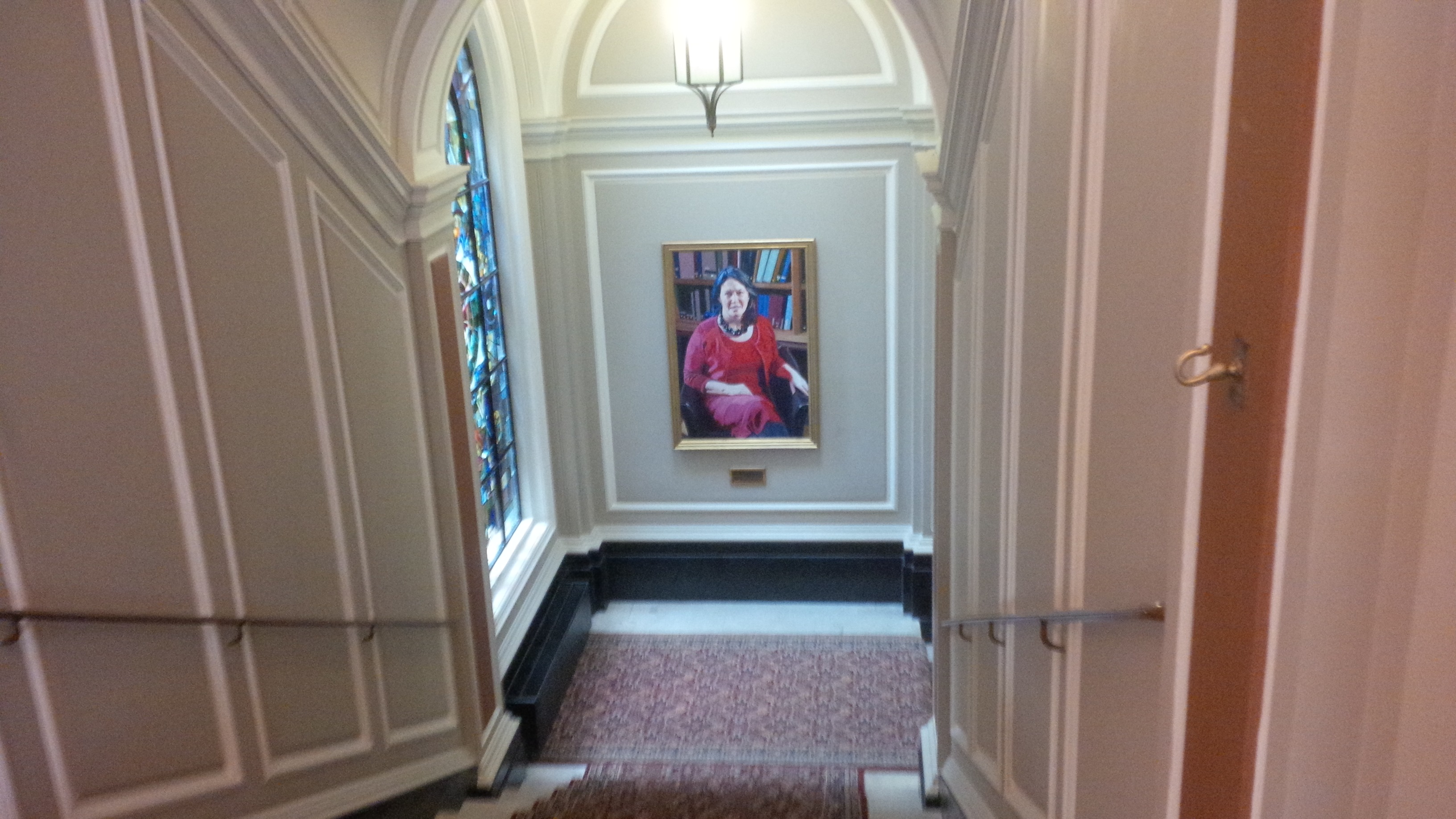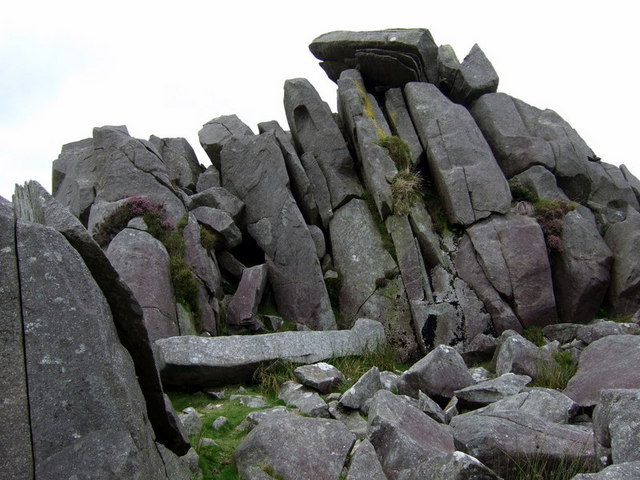|
United States Post Office (Rhinebeck, New York)
The U.S. Post Office in Rhinebeck (village), New York, Rhinebeck, New York serves the 12572 ZIP Code. It is located on Mill Street (U.S. Route 9 in New York, US 9) just south of the intersection with New York State Route 308, NY 308 at the center of the village. It is a stone Colonial Revival style, Colonial Revival structure built in 1940, during the New Deal. President of the United States, President Franklin Delano Roosevelt, a native of nearby Hyde Park, New York, Hyde Park, took a personal interest in its design, as he did with other post offices in Dutchess County, New York, Dutchess County built during his administration. He chose a ruined historic house, whose stones were used in the post office, as its model, and spoke at its dedication. In 1989 it was listed on the National Register of Historic Places. It is also a contributing property to the Rhinebeck Village Historic District. Building The post office is a one-and-a-half-story fieldstone building with a low-sloping j ... [...More Info...] [...Related Items...] OR: [Wikipedia] [Google] [Baidu] |
Rhinebeck, New York
Rhinebeck is a village (New York), village in the Rhinebeck (town), New York, town of Rhinebeck in Dutchess County, New York, United States. The population was 2,657 at the 2010 census. It is part of the Kiryas Joel–Poughkeepsie–Newburgh metropolitan area as well as the larger New York metropolitan area. The postal ZIP code is 12572. U.S. Route 9 in New York, U.S. Route 9 passes through the village. History Native American presence The Sepasco band of Native Americans lived in the area of today's Rhinebeck at the time white colonists arrived. Sepasco/Sepascot is derived from the word ''sepuus,'' which means little river or stream, and refers to the Landman's Kill stream whose ''cot'' or ''coot'', meaning mouth, opens onto the southwestern shoreline of present-day Rhinebeck. This was the Drainage basin, watershed of the Sepascos. The Sepasco tribe had established a fertile stretch of land as a trail or tract leading from what is currently White School House Road to what ... [...More Info...] [...Related Items...] OR: [Wikipedia] [Google] [Baidu] |
Fieldstone
Fieldstone is a naturally occurring type of stone, which lies at or near the surface of the Earth. Fieldstone is a nuisance for farmers seeking to expand their land under cultivation, but at some point it began to be used as a construction material. Strictly speaking, it is stone collected from the surface of fields where it occurs naturally. Collections of fieldstones which have been removed from arable land or pasture to allow for more effective agriculture are called clearance cairns. In practice, fieldstone is any architectural stone used in its natural shape and can be applied to stones recovered from the topsoil or subsoil. Although fieldstone is generally used to describe such material when used for exterior walls, it has come to include its use in other ways including garden features and interiors. It is sometimes cut or split for use in architecture. Glacial deposition Fieldstone is common in soils throughout temperate latitudes due to glacial deposition. The type ... [...More Info...] [...Related Items...] OR: [Wikipedia] [Google] [Baidu] |
Cast Iron
Cast iron is a class of iron–carbon alloys with a carbon content of more than 2% and silicon content around 1–3%. Its usefulness derives from its relatively low melting temperature. The alloying elements determine the form in which its carbon appears: Cast iron#White cast iron, white cast iron has its carbon combined into an iron carbide named cementite, which is very hard, but brittle, as it allows cracks to pass straight through; Grey iron, grey cast iron has graphite flakes which deflect a passing crack and initiate countless new cracks as the material breaks, and Ductile iron, ductile cast iron has spherical graphite "nodules" which stop the crack from further progressing. Carbon (C), ranging from 1.8 to 4 wt%, and silicon (Si), 1–3 wt%, are the main alloying elements of cast iron. Iron alloys with lower carbon content are known as steel. Cast iron tends to be brittle, except for malleable iron, malleable cast irons. With its relatively low melting point, g ... [...More Info...] [...Related Items...] OR: [Wikipedia] [Google] [Baidu] |
Postmaster
A postmaster is the head of an individual post office, responsible for all postal activities in a specific post office. When a postmaster is responsible for an entire mail distribution organization (usually sponsored by a national government), the title of Postmaster General is commonly used. Responsibilities of a postmaster typically include management of a centralized mail distribution facility, establishment of letter carrier routes, supervision of letter carriers and clerks, and enforcement of the organization's rules and procedures. The postmaster is the representative of the Postmaster General in that post office. In Canada, many early places are named after the first postmaster. History In the days of horse-drawn carriages, a postmaster was an individual from whom horses and/or riders (known as postilions or "post-boys") could be hired. The postmaster would reside in a "post house". The first Postmaster General of the United States was the notable founding father ... [...More Info...] [...Related Items...] OR: [Wikipedia] [Google] [Baidu] |
Mural
A mural is any piece of Graphic arts, graphic artwork that is painted or applied directly to a wall, ceiling or other permanent substrate. Mural techniques include fresco, mosaic, graffiti and marouflage. Word mural in art The word ''mural'' is a Spanish adjective that is used to refer to what is attached to a wall. The term ''mural'' later became a noun. In art, the word began to be used at the beginning of the 20th century. In 1906, Dr. Atl issued a manifesto calling for the development of a monumental public art movement in Mexico; he named it in Spanish ''pintura mural'' (English: ''wall painting''). In ancient Roman times, a mural crown was given to the fighter who was first to scale the wall of a besieged town. "Mural" comes from the Latin ''muralis'', meaning "wall painting". This word is related to ''murus'', meaning "wall". History Antique art Murals of sorts date to Upper Paleolithic times such as the cave paintings in the Lubang Jeriji Saléh cave in Borneo (40 ... [...More Info...] [...Related Items...] OR: [Wikipedia] [Google] [Baidu] |
Wainscoting
Panelling (or paneling in the United States) is a millwork wall covering constructed from rigid or semi-rigid components. These are traditionally interlocking wood, but could be plastic or other materials. Panelling was developed in antiquity to make rooms in stone buildings more comfortable both by insulating the room from the stone and reflecting radiant heat from wood fires, making heat more evenly distributed in the room. In more modern buildings, such panelling is often installed for decorative purposes. Panelling, such as wainscoting and boiserie in particular, may be extremely ornate and is particularly associated with 17th and 18th century interior design, Victorian architecture in Britain, and its international contemporaries. Wainscot panelling The term wainscot ( or ) originally applied to high quality riven oak boards. Wainscot oak came from large, slow-grown forest trees, and produced boards that were knot-free, low in tannin, light in weight, and easy t ... [...More Info...] [...Related Items...] OR: [Wikipedia] [Google] [Baidu] |
Dutch Door
A Dutch door (American English), stable door (British English), or half door (Hiberno-English) is a door divided in such a fashion that the bottom half (the hatch) may remain shut while the top half opens. They were known in early New England as double-hung doors. The initial purpose of this door design was to keep animals out of farmhouses or to keep children inside while allowing light and air to filter through the open top, essentially combining a door with a fairly large window. When the top half was open, they also allowed a breeze, but stopped the wind from blowing dirt into the house. Uses This type of door was common in the Netherlands in the 17th century and appears in Dutch paintings of the period. They were also commonly found in the culturally-Dutch areas of New York and New Jersey before the American Revolution. Dutch doors were often incorporated into the design of passenger railcars in North America to allow crewmen to interact with employees outside or to c ... [...More Info...] [...Related Items...] OR: [Wikipedia] [Google] [Baidu] |
Kip-Beekman-Heermance Site (A027-16-0223)
Kip-Beekman-Heermance Site is a historic archaeological site located at Rhinebeck, Dutchess County, New York. History The site includes the ruins of the Kip-Beekman-Heermance House built 1700 by Hendrick Kip, Patentee. It was also the home of Col. Henry Beekman Jr. later of his Grandson Col. Henry Brockholst Livingston (1757 - 1823). It was destroyed by fire in the early 20th century. The house was of such local prominence that Franklin Delano Roosevelt based the design of the Rhinebeck Post Office on the manor house and used the ruins for the stone construction of the building. It was added to the National Register of Historic Places The National Register of Historic Places (NRHP) is the Federal government of the United States, United States federal government's official United States National Register of Historic Places listings, list of sites, buildings, structures, Hist ... in 1989. The site, on County Road 85, is marked by a historic marker. References Archa ... [...More Info...] [...Related Items...] OR: [Wikipedia] [Google] [Baidu] |
Cornerstone
A cornerstone (or foundation stone or setting stone) is the first stone set in the construction of a masonry Foundation (engineering), foundation. All other stones will be set in reference to this stone, thus determining the position of the entire Construction, structure. Over time a cornerstone became a ceremony, ceremonial masonry stone, or replica, set in a prominent location on the outside of a building, with an inscription on the stone indicating the construction dates of the building and the names of architect, Construction worker, builder, and other significant individuals. The rite of laying a cornerstone is an important cultural component of eastern architecture and metaphorically in sacred architecture generally. Some cornerstones include time capsules from, or engravings commemorating, the time a particular building was built. History The ceremony typically involved the placing of Sacrifice, offerings of cereal, grain, wine and oil on or under the stone. These were s ... [...More Info...] [...Related Items...] OR: [Wikipedia] [Google] [Baidu] |
Bluestone
Bluestone is a cultural or commercial name for a number of natural dimension stone, dimension or building stone varieties, including: * basalt in Victoria (Australia), Victoria, Australia, and in New Zealand * diabase, dolerites in Tasmania, Australia; and in Britain (including Stonehenge) * feldspar, feldspathic sandstone in the US and Canada * limestone in the Shenandoah Valley in the US, from the Hainaut (province), Hainaut quarries in Soignies, Belgium, and from quarries in County Carlow, County Galway and County Kilkenny in Ireland * slate in South Australia It is unrelated to human-made blue brick. Stonehenge The term "bluestone" in Britain is used in a loose sense to cover all of the "foreign", not intrinsic, stones and rock debris at Stonehenge. It is a "convenience" label rather than a geological term, since at least 46 different rock types are represented. One of the most common rocks in the assemblage is known as Preseli spotted dolerite—a chemically altered i ... [...More Info...] [...Related Items...] OR: [Wikipedia] [Google] [Baidu] |








